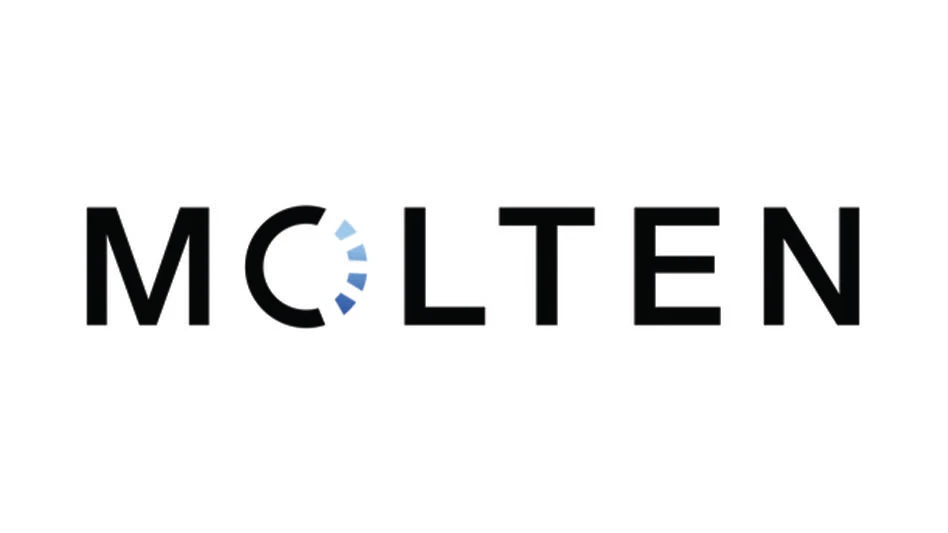
image courtesy of Molten Industries
Molten Industries, which develops methane pyrolysis technology to decarbonize heavy industries, will lead a collaborative effort with United States Steel Corp. and CPFD Software to design, build and test a pilot-scale system aimed at eliminating carbon emissions from iron reduction under a $5.4 million U.S. Department of Energy (DOE) grant.
The grant, awarded and funded through the DOE’s Industrial Efficiency and Decarbonization Office and Hydrogen and Fuel Cell Technologies Office, will catalyze the project focused on carbon neutral steel production while creating good-paying jobs and building a stronger, more competitive U.S. industrial sector, according to Molten.
RELATED: US Steel emphasizes progress in latest sustainability report
The Oakland, California-based company adds that the project’s main objective is to demonstrate the integration of methane pyrolysis-driven hydrogen production with a pilot direct reduced iron (DRI) shaft furnace at its facility. Anticipated outcomes include significant energy, carbon intensity and cost reductions.
“This collaboration with U.S. Steel and CPFD Software is an exciting first step in Molten’s mission to decarbonize the world’s heavy industries,” Molten CEO Kevin Bush says. “Our process delivers hydrogen at high temperatures required for ironmaking and steelmaking, saving energy and cost for steel manufacturers. We are confident that our joint efforts will pave the way for a future where carbon neutral steel production is not just a possibility, but a reality.”
Molten's approach harnesses hydrogen derived from methane pyrolysis as a reducing agent. It’s technology uses renewable electricity to break down methane from natural gas or waste sources into hydrogen gas and solid graphite, offering a 75 percent reduction in energy intensity compared to water electrolysis, an alternative for zero-carbon hydrogen.
The DOE grant was awarded shortly after Molten announced its $25 million Series A fundraise.
Molten says the project leverages Pittsburgh-based U.S. Steel’s expertise as a vertically integrated steel producer. The steelmaker will contribute its Minnesota iron ore for the project and potentially showcase clean steel production in an electric arc furnace using the DRI made with clean hydrogen. Molten claims the technology has the potential to eliminate up to 60 million tons of CO2 from the 84 million tons of greenhouse gas emissions in U.S. crude steel production.
“Achieving U.S. Steel’s 2050 net-zero emissions goal requires the development and commercialization of various technologies, some of which have yet to be available on a broad scale," U.S. Steel Senior Vice President and Chief Technology Officer Christian Gianni says. "This collaboration, thanks to the DOE grant, is an investment in the future of sustainable American steel.”
Headquartered in Houston, CPFD Software specializes in multiphase simulation and technology. The company’s flagship product, Barracuda Virtual Reactor, is a physics-based engineering software package that simulates the three-dimensional, transient, fluid-particle hydrodynamics, heat balance and chemical reactions in industrial fluidized bed reactors and other fluid-particle systems.
The company says Virtual Reactor enables researchers and engineers working with diverse sustainability, renewable and decarbonization technologies to explore a broad range of ideas, reduce physical testing costs and minimize development risk while accelerating commercialization, scale-up and overall time to market.
“It is exciting to see Barracuda Virtual Reactor used to accelerate the scale-up and commercialization of Molten’s unique technology in partnership with U.S. Steel,” CPFD Vice President of Operations Peter Blaser says. “This project is indicative of a broad energy transition underway spanning multiple industrial sectors, and we are pleased to see our technology and expertise contribute toward the decarbonization of American steel production.”
Latest from Recycling Today
- BMW Group, Encory launch 'direct recycling’ of batteries
- Loom Carbon, RTI International partner to scale textile recycling technology
- Goodwill Industries of West Michigan, American Glass Mosaics partner to divert glass from landfill
- CARI forms federal advocacy partnership
- Monthly packaging papers shipments down in November
- STEEL Act aims to enhance trade enforcement to prevent dumping of steel in the US
- San Francisco schools introduce compostable lunch trays
- Aduro graduates from Shell GameChanger program





